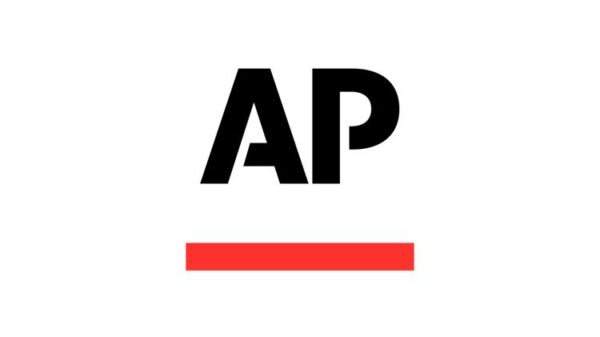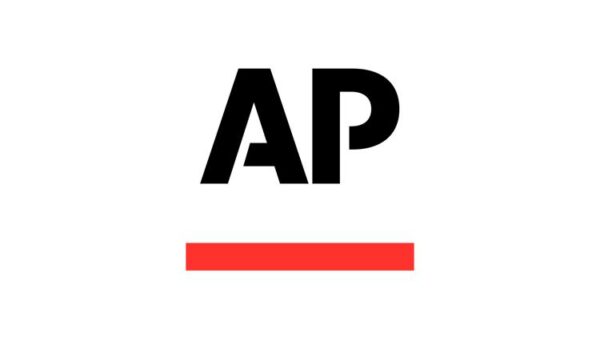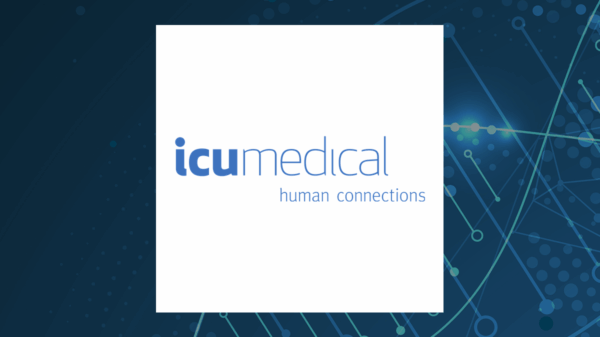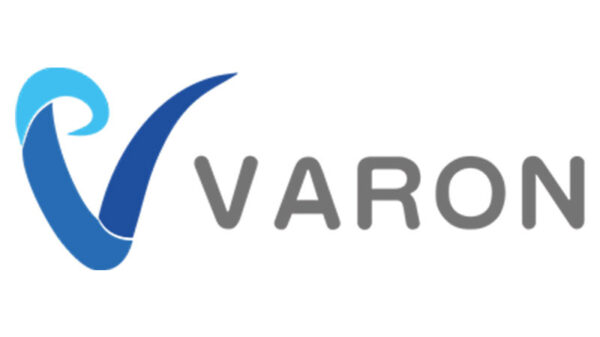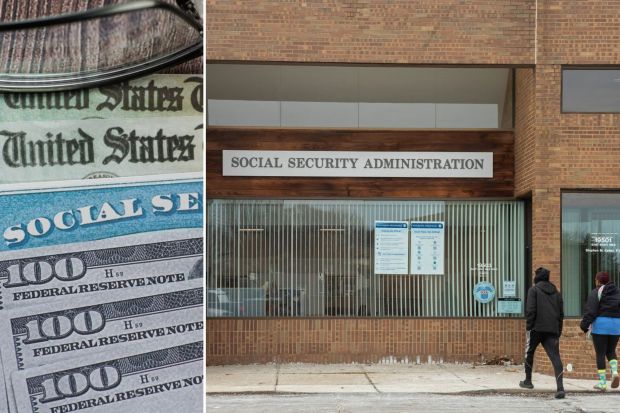A beneficiary of the Social Security Administration (SSA) is facing delays in receiving their benefits due to the agency’s refusal to authorize a crucial change to their direct deposit information. The new regulation, implemented to enhance security and combat fraud, restricts beneficiaries from modifying their account details online, compelling them to wait up to two months for an in-person appointment.
The SSA’s recent changes involve increased measures to prevent direct deposit fraud, which the agency identified as frequently associated with alterations made over the phone. As a result, the SSA is discouraging beneficiaries from making account changes via telephone. Instead, individuals are now required to visit a local SSA office to make adjustments if they cannot verify their identity online through their my Social Security account.
Many beneficiaries have expressed frustration over this policy shift. One individual shared their experience on Reddit, explaining that their attempt to redirect their direct deposits to a new bank account was denied. They were instructed to schedule an in-person appointment, with the earliest availability being mid-October—approximately two months away. “Any insight as to why I can’t make that simple change online?” the beneficiary questioned, highlighting the inconvenience caused by the situation.
Responses from fellow Reddit users offered various theories regarding the denial of the requested change. One user suggested that if the beneficiary was set to receive a payment during the week of August 25 to 29, the SSA may have blocked the change due to the impending deposit. “They can’t update the system in the remaining time,” the user noted, adding that such updates could take up to 30 days.
Another commenter pointed out that individuals receiving Supplemental Security Income (SSI) or Social Security Disability Insurance (SSDI) cannot change their direct deposit information online, especially if there is a fraud block on their record. They also mentioned that many online banks, like Chime or Green Dot, pose unique challenges for Social Security recipients attempting to change their direct deposit details.
Increased Security Measures
The SSA’s crackdown on fraud has led to a reduction in over-the-phone services. Previously, beneficiaries could answer simple identifying questions to verify their identity over the phone. Now, if beneficiaries are unable to verify identity online, they must visit an SSA office in person. To bolster security, the agency is introducing a new optional authentication PIN feature this month, allowing beneficiaries to use a unique PIN accessed via their my Social Security account to securely authenticate their identity when calling the SSA.
Beneficiaries are encouraged to update their bank information through their online account, but if they encounter difficulties, they must either schedule an in-person appointment or request their bank to forward their direct deposit information to the SSA.
Upcoming Changes and Implications
In addition to the recent regulatory changes, the SSA will implement a significant shift in payment methods on September 30, 2025. Following an executive order from the White House, the U.S. Department of the Treasury will cease issuing paper checks to beneficiaries. This move aims to reduce fraud and operational costs, with estimates suggesting that paper checks are approximately 16 times more likely to be reported lost or stolen. Transitioning to direct deposit is projected to save the government around $750 million.
Beneficiaries must enroll in direct deposit or another electronic payment method by the deadline to avoid potential delays in receiving their payments. As the SSA tightens its regulations, recipients may also face additional changes concerning their benefits in 2026.
In light of these developments, there are concerns about the long-term future of Social Security. Experts, including Shannon Benton, executive director of the Senior Citizens League, recommend that individuals start planning early to supplement their retirement income. Strategies can include investing in retirement accounts like 401(k)s or Individual Retirement Accounts (IRAs).
The changes to the SSA’s policies have elicited a mixed response from beneficiaries, highlighting the balance between increasing security and providing accessible services. As the agency continues to adapt its procedures, many will be watching closely to see how these adjustments impact their benefits in the coming months.








